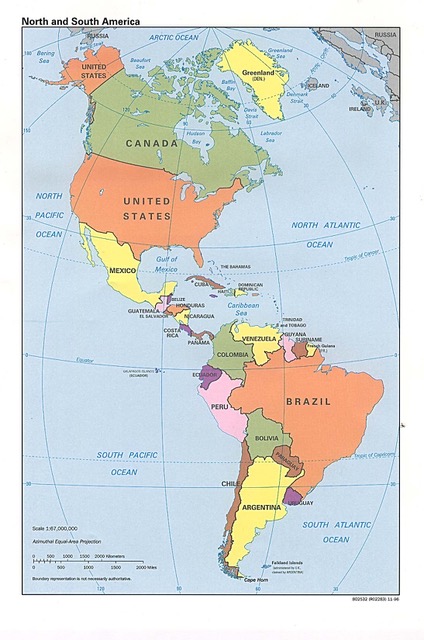Day 5
February 10, 2014
For our second day, we start this morning at 10:30! to the Maipu area on the dry side of the Mendoza River across the “other” Chipolete Dam. ALL the water is diverted here to irrigate the province. The canal sluices are locked because farmers will divert the water to their own property if they can. All the houses have their own water tanks on their roofs.
Wine tasting was over-the-top-delicious-carefully-balanced-beautiful wines. Yesterday started in the Uco Valley with Clos del Los Siete – a French family started this vineyard building one a year since 1998.
“Smaller, exclusive” but the place seemed enormous. Drip irrigation send precious water in minute doses across acres of vines growing on wired fences.
First winery of the day – ACHAVAL FERRER
Our first vineyard is down a 5 kilometer dirt road past shacks with plastic rooftops and cars in driveways with chickens and dogs. The buildings become brick houses when we are on the vineyard property where some of the vineyard employees live.
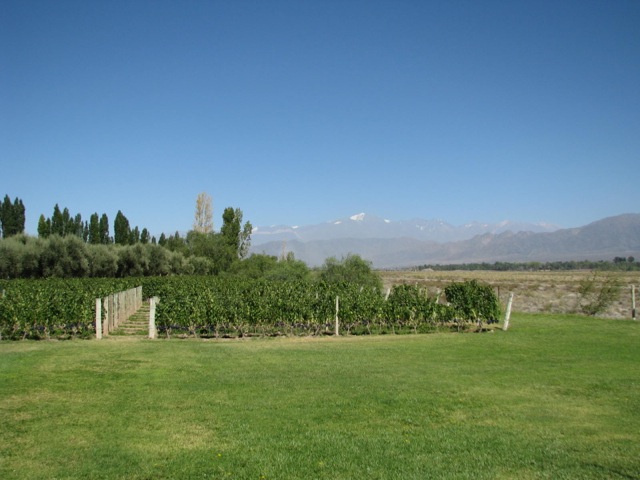 Achava Ferrer is a 115 year old vineyard with thick trunked olive trees and vineyards expanding in all directions – except in this case towards the river bed which is a dry wasteland of rocks. The owners planted a complete new malbec grape vines in rows (always north south orientation for optimal sun). And they built the entire place on the old property ten years ago.
Achava Ferrer is a 115 year old vineyard with thick trunked olive trees and vineyards expanding in all directions – except in this case towards the river bed which is a dry wasteland of rocks. The owners planted a complete new malbec grape vines in rows (always north south orientation for optimal sun). And they built the entire place on the old property ten years ago.
Our upbeat, cheerful hip young host Philippe has quite a time getting our group of six to respond to his offer – “would you like to taste the wine in our cellar?” It is 11 in the morning. Even though Phil speaks perfect English, two of the small group are under the weather! And one of us announces they are not interested in looking at one more stainless steel container! (It is day 2)
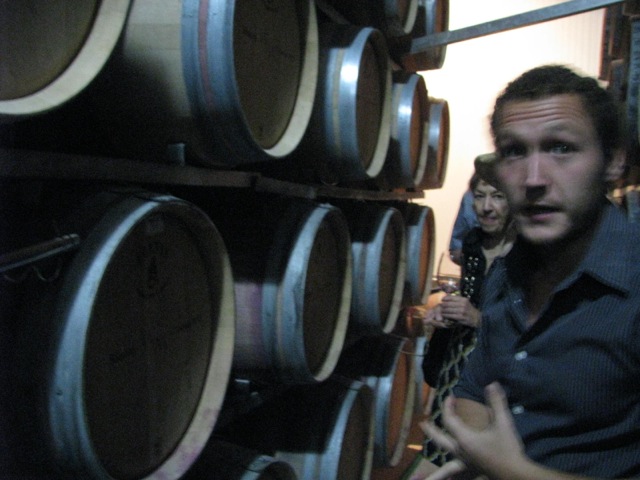
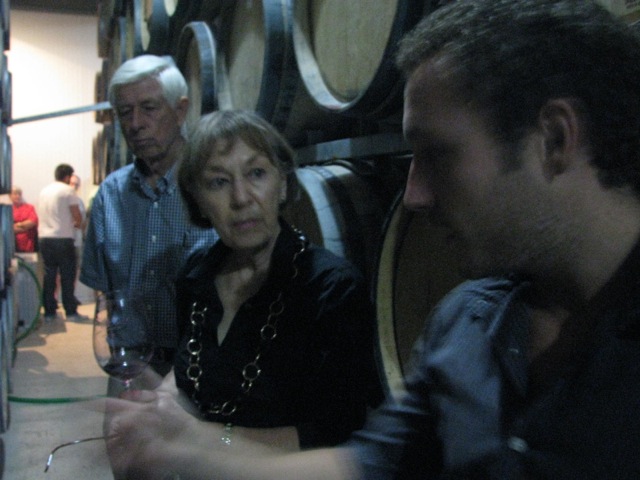 Philippe tosses his head, “ok, but we might be interested because they don’t use stainless steel!” His vineyard has a unique philosophy; the result is a different production process. They want to have the grape be the best it can be from the terroir. So that means this vineyard produces differently.
Philippe tosses his head, “ok, but we might be interested because they don’t use stainless steel!” His vineyard has a unique philosophy; the result is a different production process. They want to have the grape be the best it can be from the terroir. So that means this vineyard produces differently.
To produce the wine in harmony with the terroir, grapes are cultivated differently and the wine is processed differently. Grape clusters are cut as much as 80% off the vine and left on the ground. These grapes simply rot and become fertilizer and leave more room for the select grapes to absorb sunlight and grow the most flavor. Also, at this vineyard, the wine is fermented in cement tanks lined with epoxy paint as a sealer. This fermenting is rapid, taking only a few days because the juice is constantly circulated and it is heated to 94 F degrees! This gets a “better expression of the grape” Then 100% of their wine is fermented in oak. … See?…Sniff sniff … It is unfiltered, so there is sediment. Sulfates stop the fermentation process and kill bacteria. Unlike yesterday’s vineyard, they do add yeast.
Will this be a good year we ask? looking for a good question. The year doesn’t matter in Mendoza. The climate is so uniform year to year, the only question is: Will it Hail before the Harvest? Expensive netting made of KEVLAR is sometimes used. This is the same stuff used as sails for the America’s cup racing boats. Only the affluent are able to afford it. With less than a month to go, it looks like a good year i.e. No Hail!
Every vineyard we see is rows of straight, uniform, perfect vines with large bunches of purple grapes draping near the ground. The harvest is only a few days away, depending on which grape it is. The vines are in either a long row on an upright fence, or in the umbrella shape making walkways of shade. The pergola vines are designed to let the grapes grow slower with more shade from the leaves.
The wine tasting today begins in the cellar. Our guide siphons the “entry level” juice poured directly from the barrel with a large stainless steel straw into each of our glasses. A malbec – mid level – so 50% of the grapes were “sacrificed” for this lowest level wine. The color is dark and aromatic.
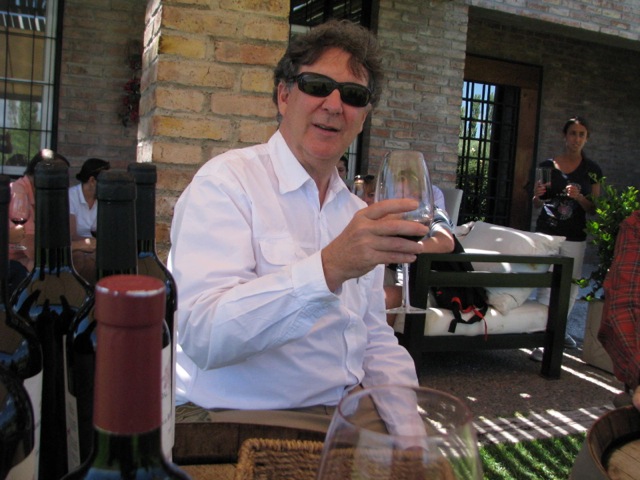 Philippe has us swirl our first sample in the glass, smell the smooth scents which he explains as we watch the drips slowly drop down the inner side of the glass. The streaks on the glass are the “legs” of the wine. Slow drips mean more structure like this one. We throw away the first pour. Our glass is clean from any soap residue. Time for a taste!
Philippe has us swirl our first sample in the glass, smell the smooth scents which he explains as we watch the drips slowly drop down the inner side of the glass. The streaks on the glass are the “legs” of the wine. Slow drips mean more structure like this one. We throw away the first pour. Our glass is clean from any soap residue. Time for a taste!
A chardonnay is light wine and by contrast will have fast legs!! Parker gave this 2012 malbec a 92.
The age of the wine is the year it was harvested.
A malbec is usually in the store 2 years after it is harvested, and in another 4 years is really mature.
Next we taste a Guyamera 2013. It hasn’t gotten to the market yet. It is a blend of varietals: a mixture of malbec, merlot, pinot, syrah and cabernet grapes. Here they are blended before they are aged in the French oak barrels. We learn that Guyamera (get correct spelling – it was dark in the cellar) means “impossible dream”. It will be in the wine shops in 2015. They make 250,000 bottles of this one. By comparison, the Salentein Vineyards where we had an exceptional lunch yesterday makes 20 million bottles a year so this is indeed a small vineyard.
We emerge from the barrel rooms into the clear dry light of the open vineyard. Just as the sun feels a little warm, a white awning unravels above us and bar stools appear. We are in luck, “Sit down please,” Philippe says. Their top wine, the Mirador 2011 is open for a distributor who came this morning. We can taste this. These are the grapes grown in the toughest terroir in thick clay soil and watered only once a week. (Pinot noir grapes are watered every other day). “They need to suffer”. The barrels are smaller for a higher contact surface. French barrels cost $600. At this top level, barrels are used only once. 7,000 bottles of Mirador will be made this year. They sell the Bella Vista 2013 for $150 – $240 bottle in the US. The Mirador is a little more.
Maybe it is Phillippe, or maybe it really is the wine before lunch. We buy a case and have it shipped to our home in the US. It will take 8 weeks to arrive! We can only guess if it will make it!
DOMINION DEL PLATA
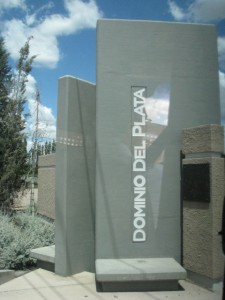 Refreshed with new ways to taste wine and new words and descriptions (not just the pretty pictures) to look for on the labels, we head off for a 20 minute drive to lunch at the Dominion del Plata, the only vineyard in Argentina owned by a woman, Susana Balbo. She has two children, now grown in their late 20’s who have decided to go into the business and work with her.
Refreshed with new ways to taste wine and new words and descriptions (not just the pretty pictures) to look for on the labels, we head off for a 20 minute drive to lunch at the Dominion del Plata, the only vineyard in Argentina owned by a woman, Susana Balbo. She has two children, now grown in their late 20’s who have decided to go into the business and work with her.
The vineyard is even more welcoming than the others so far. The tasting room was once Susana’s home. Several tables are set. Ours is ready with places for 7 of us, including Anna who heads the table. (Gail and Richard bravely hold their own thru the meal, but they are not feeling well today – nonetheless, they are here!)
Del Plata makes 22,000 cases per year, a medium size vineyard. After El Duena Susana is a success story! She trained in the wine business, working nine years in Salta vineyards. As a woman, she was not accepted in the business. So she bought this place with investors. (Argentinians don’t take out mortgages we learn!) Her distinction is including food pairings with the wines. And she ferments many more barrels than she grows on these 22 hectares (54 acres) buying many grapes from other vineyards to do this.
Our luncheon is in the building she designed in 1998 and where she lived until recently. (She moved to the community of CC where we are staying). Now this home has become this fine restaurant, The Osadia which means The Daring.
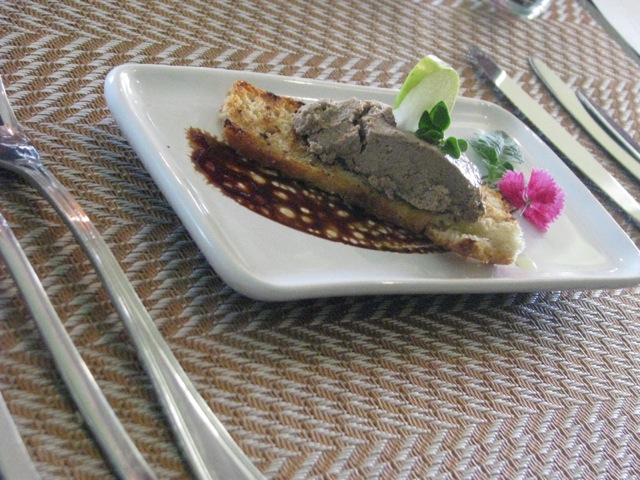 The first wine is an entry level Torontes served with the first course. It is labeled CRIOS which means off spring. We will find it when we get home in the Stockbridge wine shop. The logo is a hand with two hands inside, representing her two children working with her. The torrentes is served with a lamb pate on focaccia bread.
The first wine is an entry level Torontes served with the first course. It is labeled CRIOS which means off spring. We will find it when we get home in the Stockbridge wine shop. The logo is a hand with two hands inside, representing her two children working with her. The torrentes is served with a lamb pate on focaccia bread.
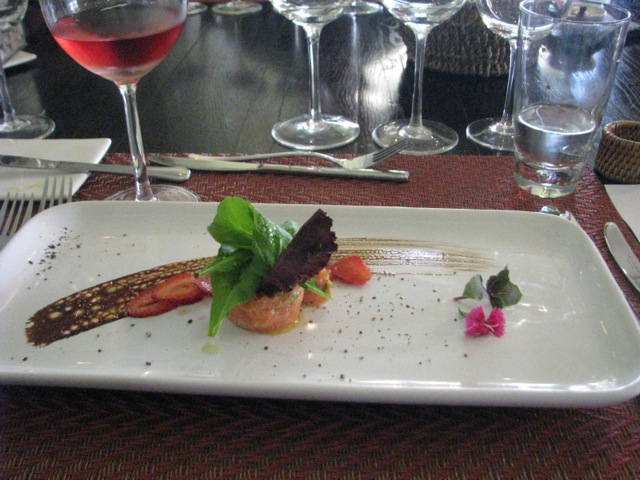 Next came a Ben Marco rose malbec. Ben was the first vintner on the estate years ago. A rose is a wine of dark purple grapes made without the skin. The color is lighter. The perfect food match is cured trout with an avacado mousse and strawberry carpaccio. Carpaccio is a very thin slice of something. The presentations of small portions are perfectly beautiful.
Next came a Ben Marco rose malbec. Ben was the first vintner on the estate years ago. A rose is a wine of dark purple grapes made without the skin. The color is lighter. The perfect food match is cured trout with an avacado mousse and strawberry carpaccio. Carpaccio is a very thin slice of something. The presentations of small portions are perfectly beautiful.
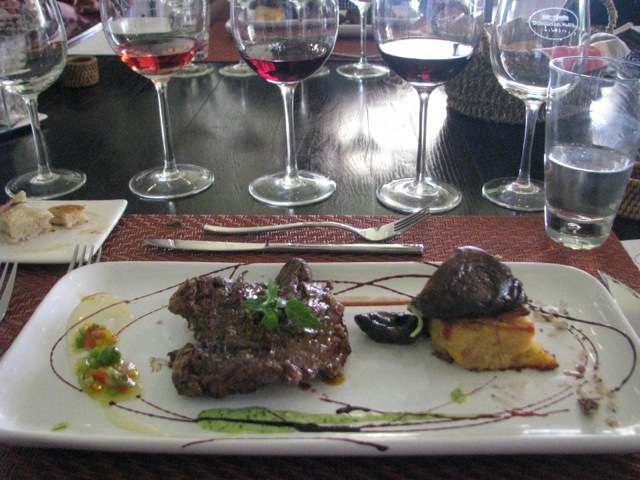 A premium Ben Marco Expresivo, an exclusive blend of 6 varietals is served for an entre, basically a fourth course. The pairing is a grilled ribeye with a crispy mashed potato and chimichurri of mushrooms with swishes of malbec viniagrette, bernaise sauce and a green wasabi type sauce in just the smallest drizzle. In a small section of the ribeye, we found a heap of salt and herbs that left an explosion of taste.
A premium Ben Marco Expresivo, an exclusive blend of 6 varietals is served for an entre, basically a fourth course. The pairing is a grilled ribeye with a crispy mashed potato and chimichurri of mushrooms with swishes of malbec viniagrette, bernaise sauce and a green wasabi type sauce in just the smallest drizzle. In a small section of the ribeye, we found a heap of salt and herbs that left an explosion of taste.
I can’t say a thing about the vegetarian alternative. Nobody chose the spinach tomoato fettuccine with sateed green onions, mushrooms and cherry tomatoes.
(By now, even those feeling poorly were joining in the conversation and they were able to nibble a bit. Memo: don’t drink the water in South America!)
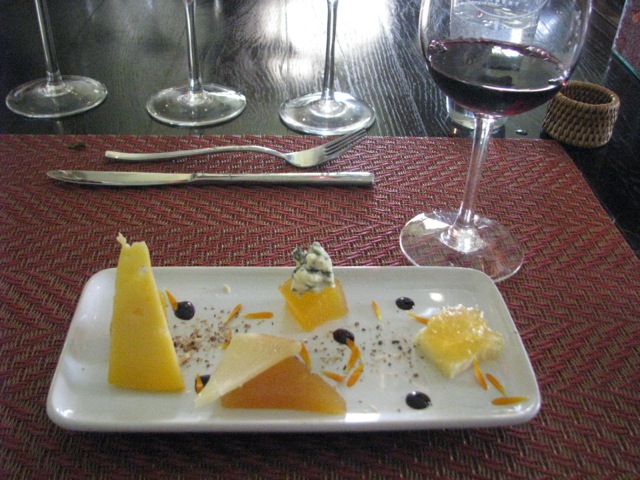 Served for the fifth course with the “House version of cheeses and sweets” that included pumpkin slices and apricot squares, we tasted the Susana Balbo label of the Brioso 2009. It is made in the “French style” which means aged in French oak barrels, if I remember correctly at this stage of the game! It received 91 points from Wine Spectator. It is a sweeter dark wine from the malbec grape.
Served for the fifth course with the “House version of cheeses and sweets” that included pumpkin slices and apricot squares, we tasted the Susana Balbo label of the Brioso 2009. It is made in the “French style” which means aged in French oak barrels, if I remember correctly at this stage of the game! It received 91 points from Wine Spectator. It is a sweeter dark wine from the malbec grape.
And now – time for the tour of the wine cellar!
Latticia, the manager of wine tours here, does a lovely job answering our questions and taking our picture as she leads us through the cellar, explaining more interesting facts about another large stainless steel holding tank! The barrels are up from the cellar, rolled into the stainless steel area, because the harvest is next week. They are getting ready for lots of work.
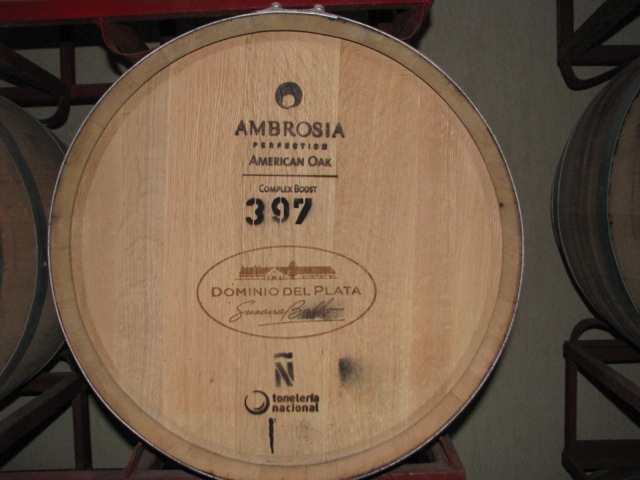
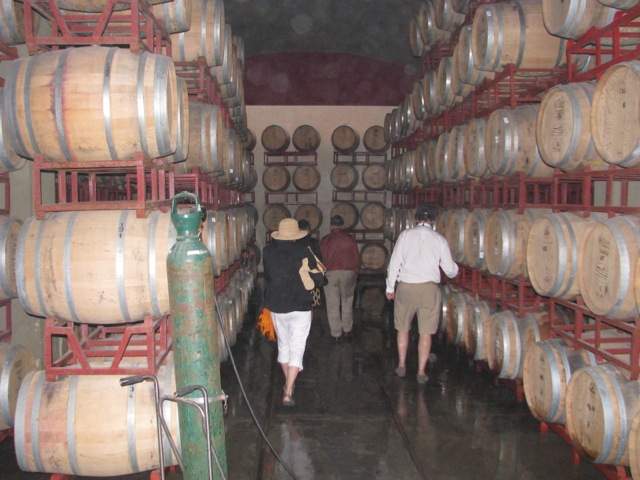
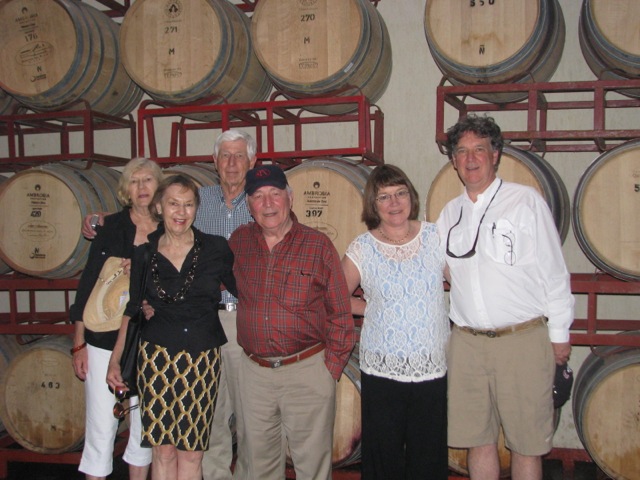
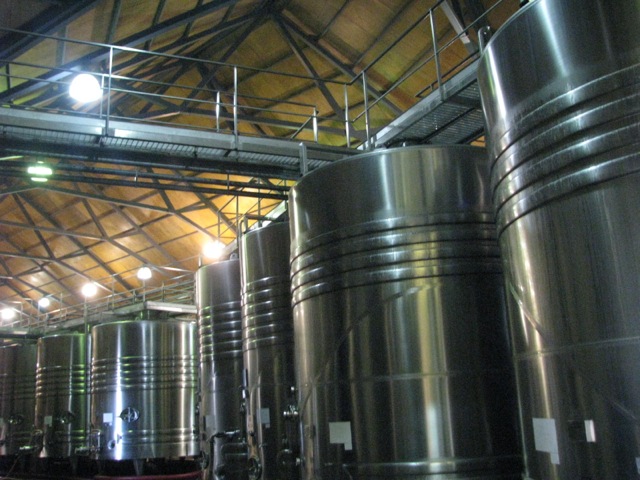 Happily informed and completely satiated, we hop back into our van. Ed had seen his fair share of stainless steel tanks, he thought. But these were pretty impressive. We walked through the rows of the most enormous tanks that held 44,000 liters each. The floors were wet after a good cleaning. This is the time of year to prepare before the harvest that takes place in the next two weeks. The smell of cleaning product was a new overtone to the wine soaked barrels in the next room. For here, only brand new oak barrels are used – 3 times only. And the barrels are labeled carefully reflecting what type of flavor they impart.
Happily informed and completely satiated, we hop back into our van. Ed had seen his fair share of stainless steel tanks, he thought. But these were pretty impressive. We walked through the rows of the most enormous tanks that held 44,000 liters each. The floors were wet after a good cleaning. This is the time of year to prepare before the harvest that takes place in the next two weeks. The smell of cleaning product was a new overtone to the wine soaked barrels in the next room. For here, only brand new oak barrels are used – 3 times only. And the barrels are labeled carefully reflecting what type of flavor they impart.
We might have headed back to the Finca, our hotel, at this point…BUT we were in the area of a “must stay” vineyard & hotel. We asked Anna, our guide what we might do? She called ahead to the Wine Lodge. And yes, they would be delighted to have us visit! Off we went to look it over.
CAVAS WINE LODGE – Add on surprise at the end of the day!
The Cavas Wine Lodge is tucked away down a long dirt road defying the luxury we were to find. Far from Mendoza, far from the village town of Chacras, we arrived in the middle of rows of grape vines!
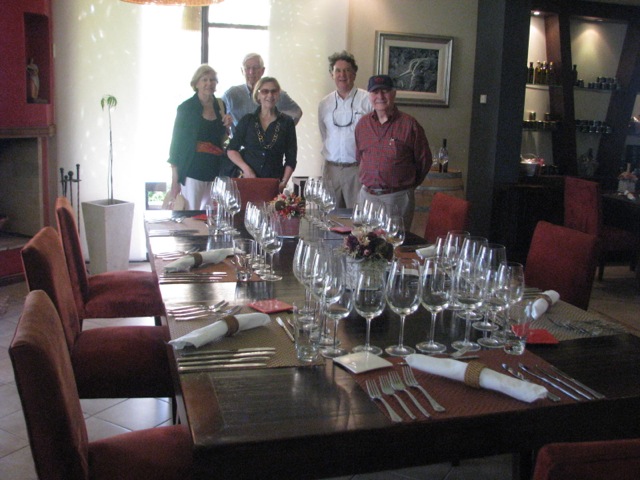
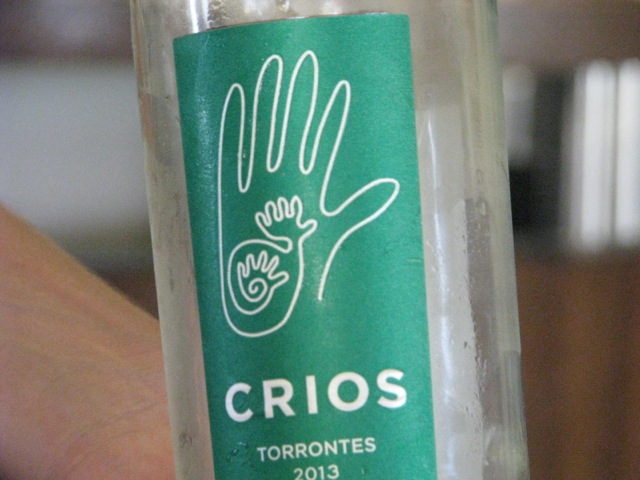
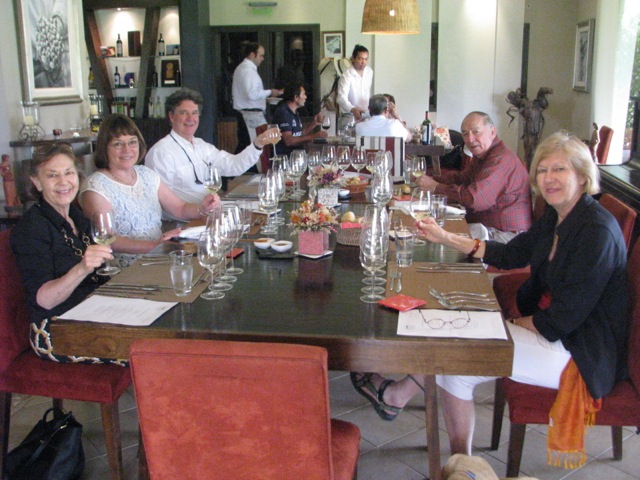 We are welcomed with a glass of sauvignon blanc by an attractive concierge. He hoped we would enjoy a tour of the entire facility. “The first luxury lodge, at the foothills of the Andes “offers privacy, quiet, exceptional service, a fine spa, and simply beautiful designed rooms in the midst of a working vineyard with pergola vineyards (the kind that grow like umbrellas). Entertainment is offered regularly including tango and salsa and performances. The rooms are contemporary decor with televisions, vineyard views, private soaking pools, private decks, and rooftop terraces. And the wine cellar is filled with a fine collection! There is a maitre d’ to attend to every sip!
We are welcomed with a glass of sauvignon blanc by an attractive concierge. He hoped we would enjoy a tour of the entire facility. “The first luxury lodge, at the foothills of the Andes “offers privacy, quiet, exceptional service, a fine spa, and simply beautiful designed rooms in the midst of a working vineyard with pergola vineyards (the kind that grow like umbrellas). Entertainment is offered regularly including tango and salsa and performances. The rooms are contemporary decor with televisions, vineyard views, private soaking pools, private decks, and rooftop terraces. And the wine cellar is filled with a fine collection! There is a maitre d’ to attend to every sip!

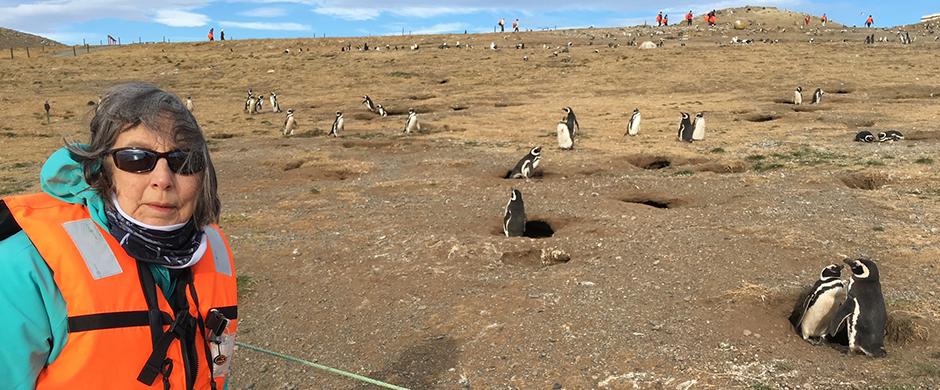

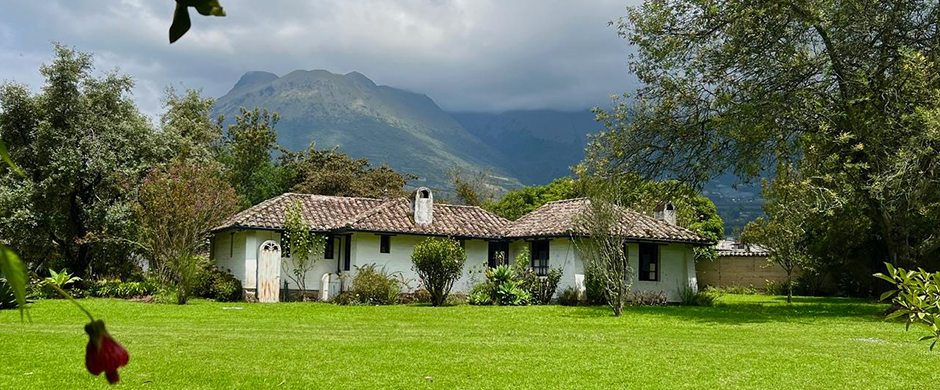
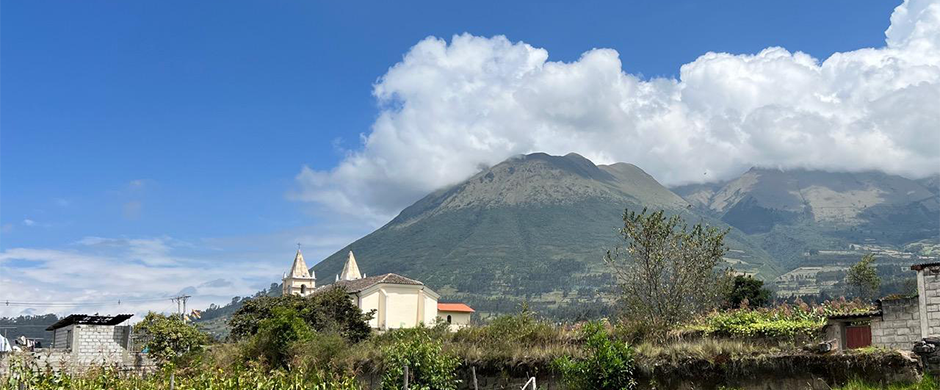
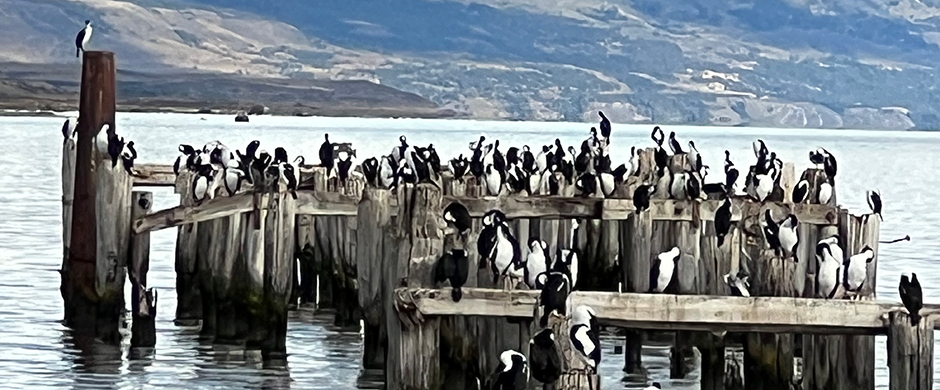
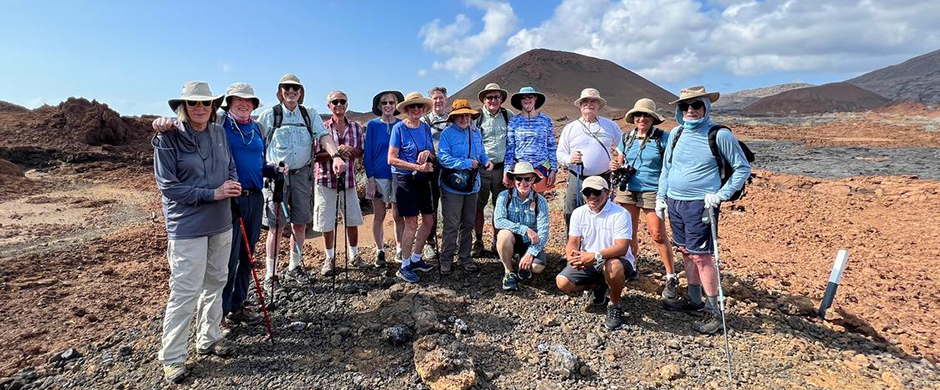
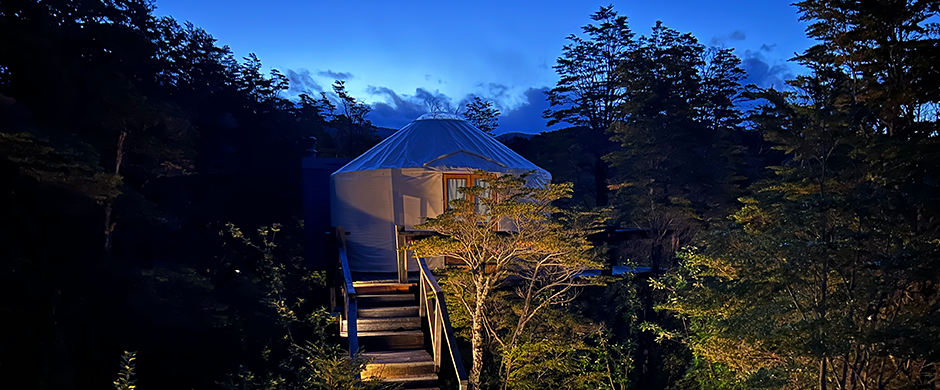
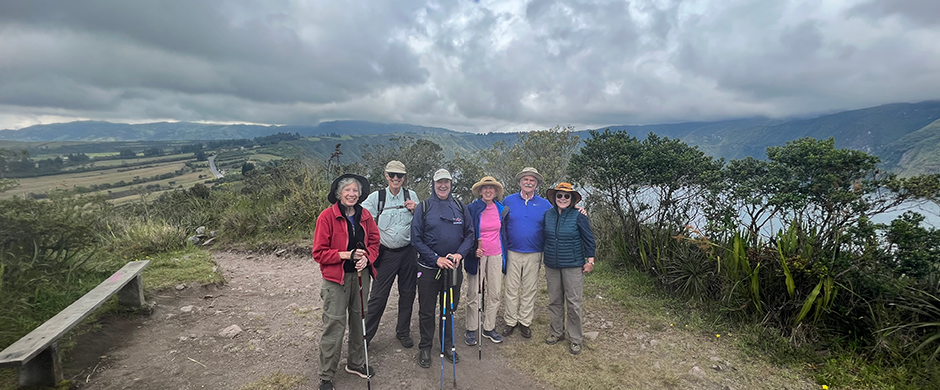
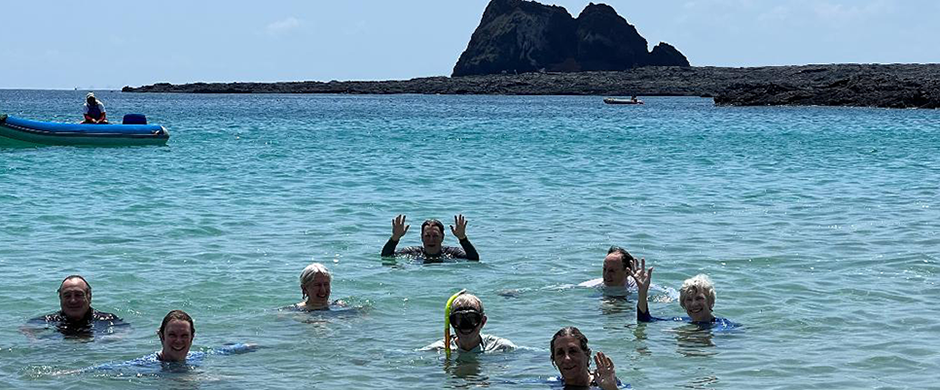
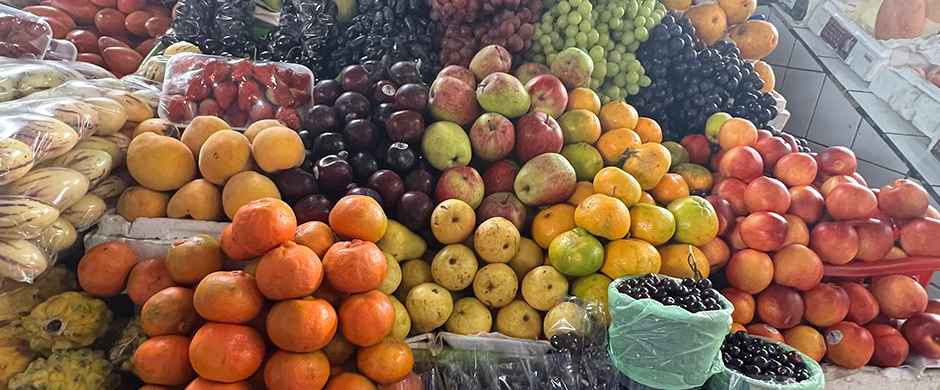
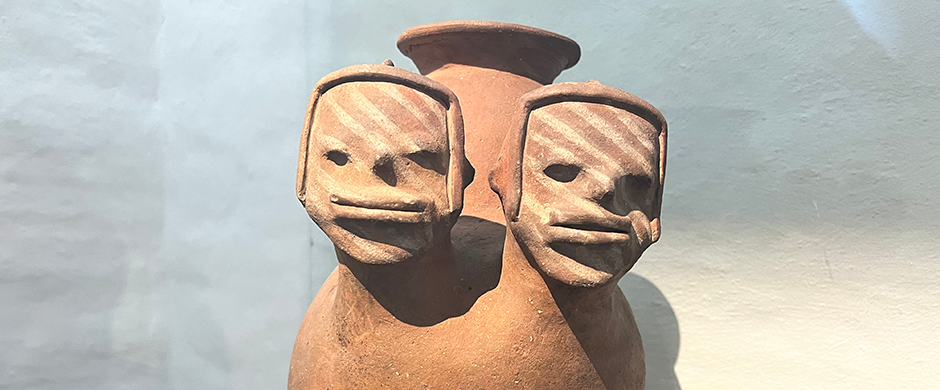
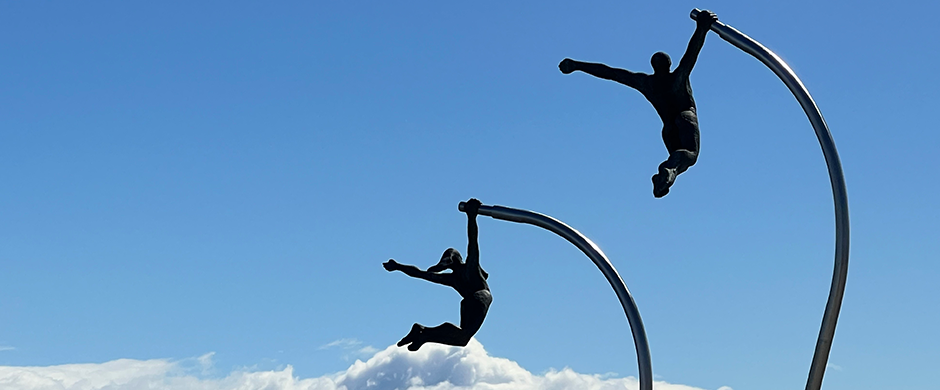
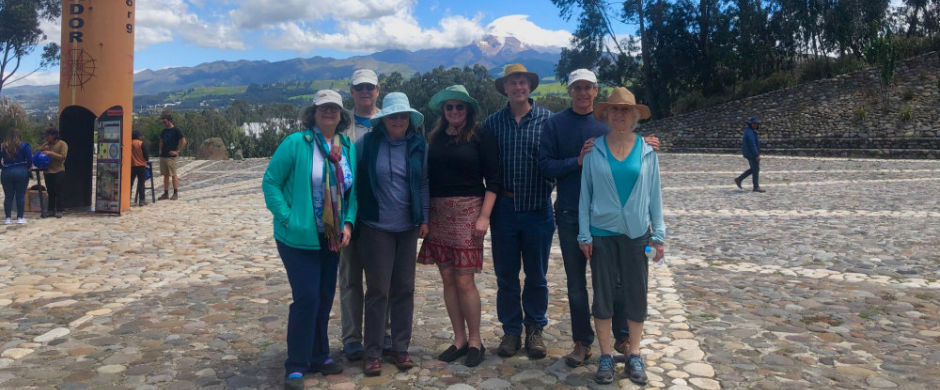
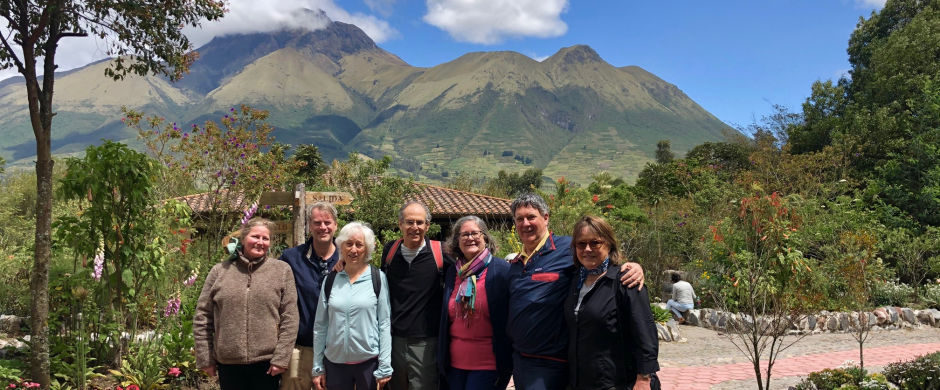
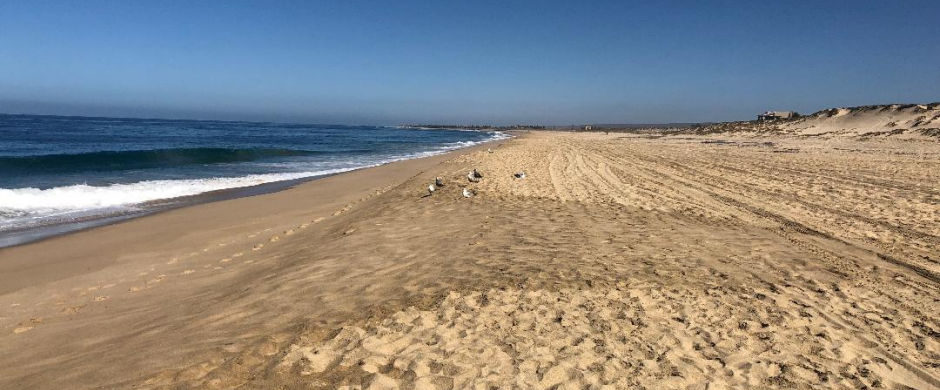
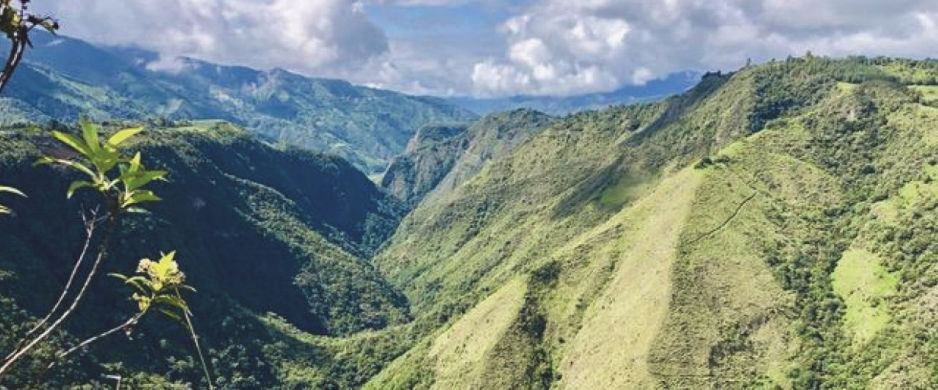
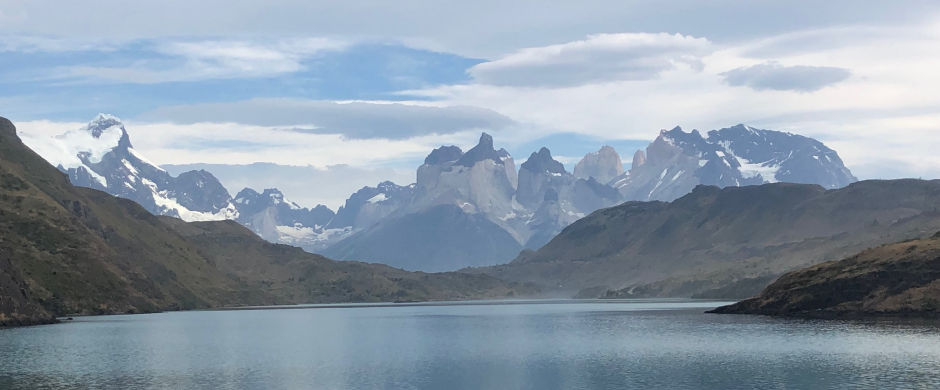
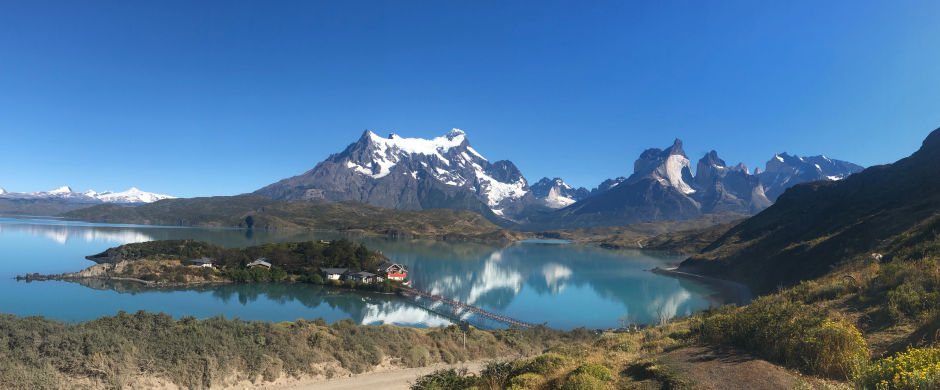
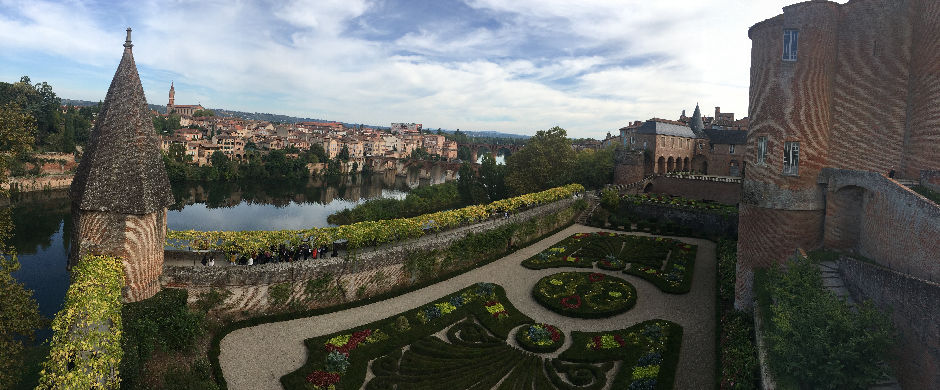
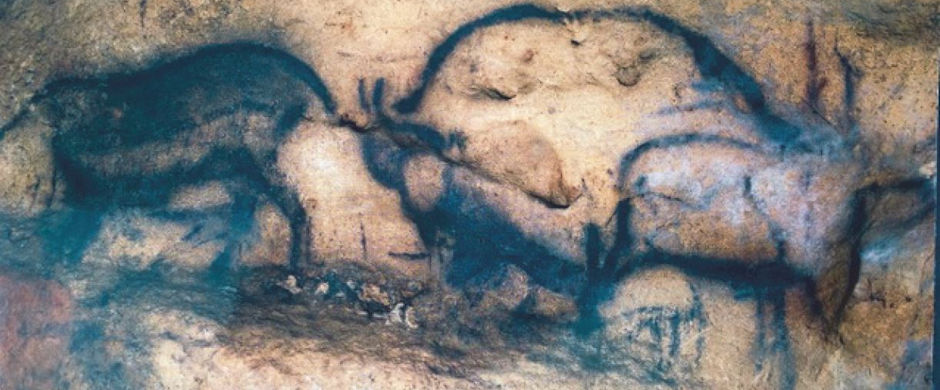



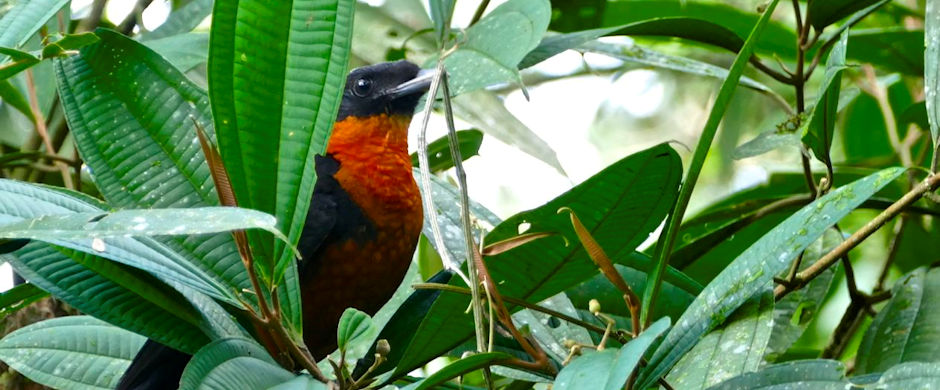

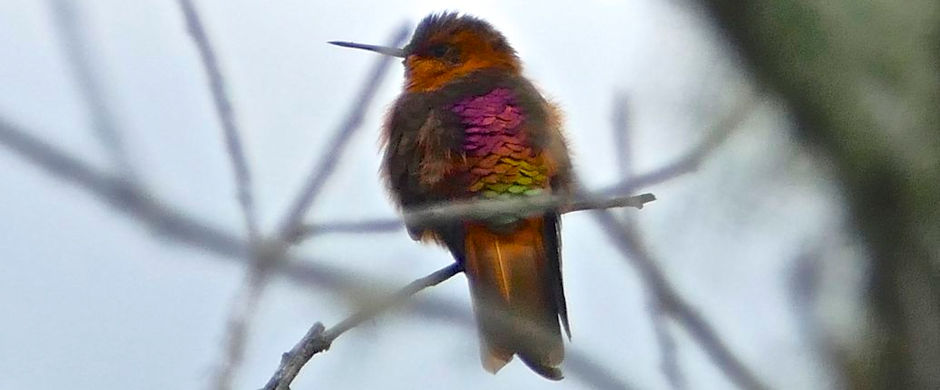
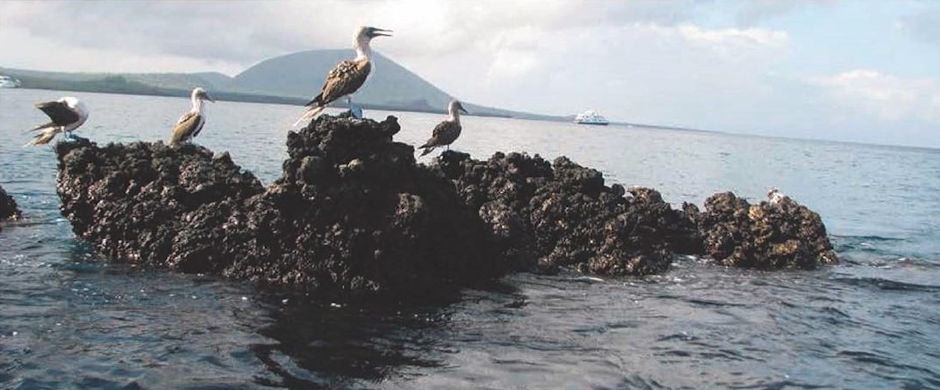

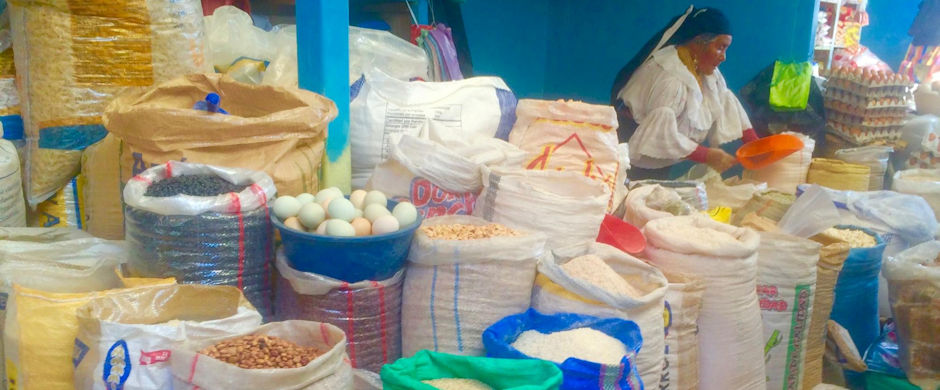

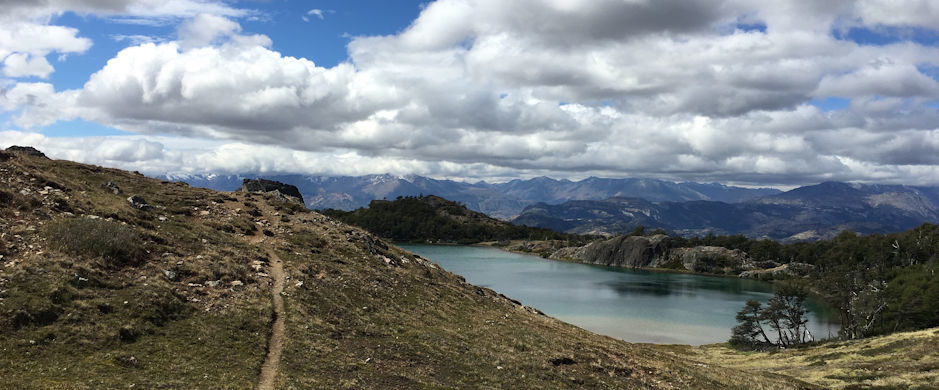
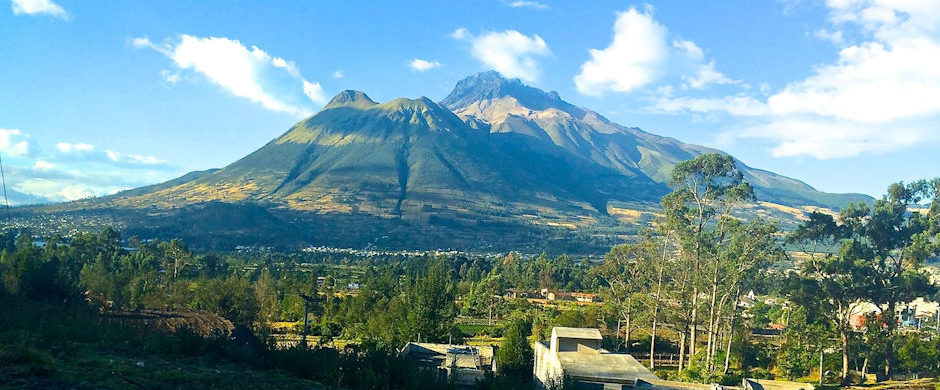
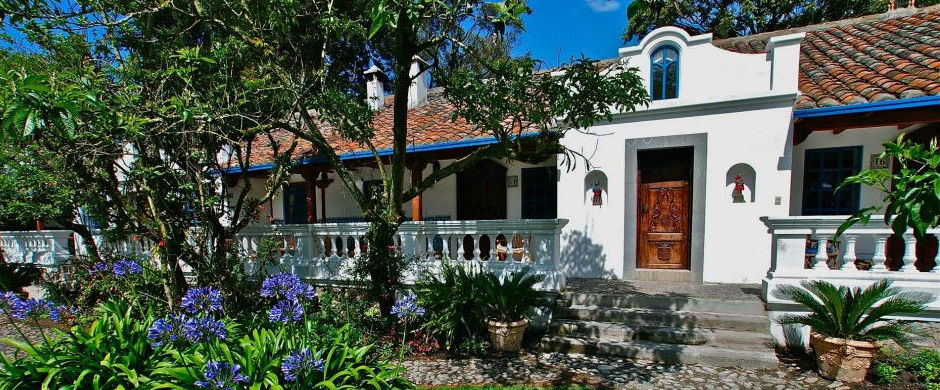
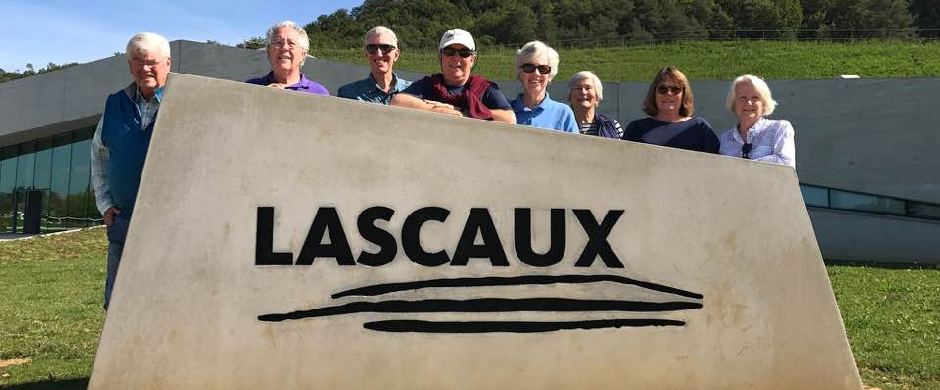
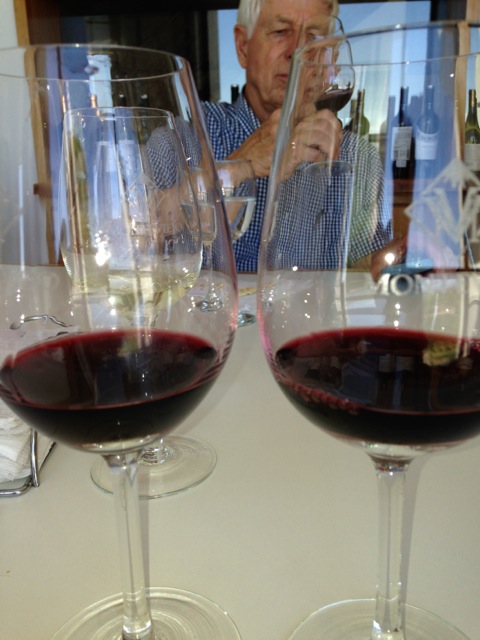
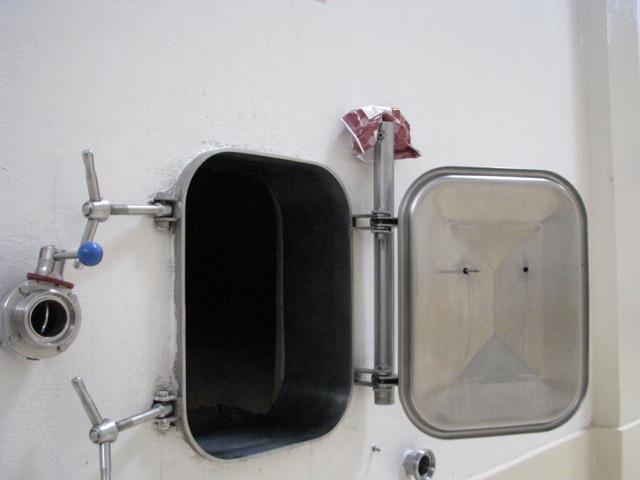
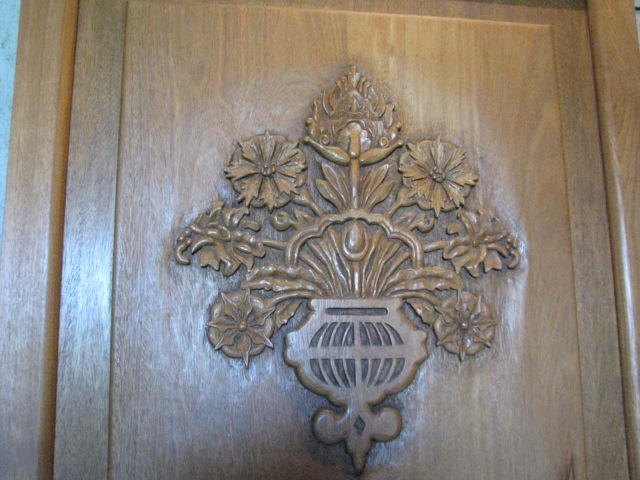
 Follow us
Follow us 